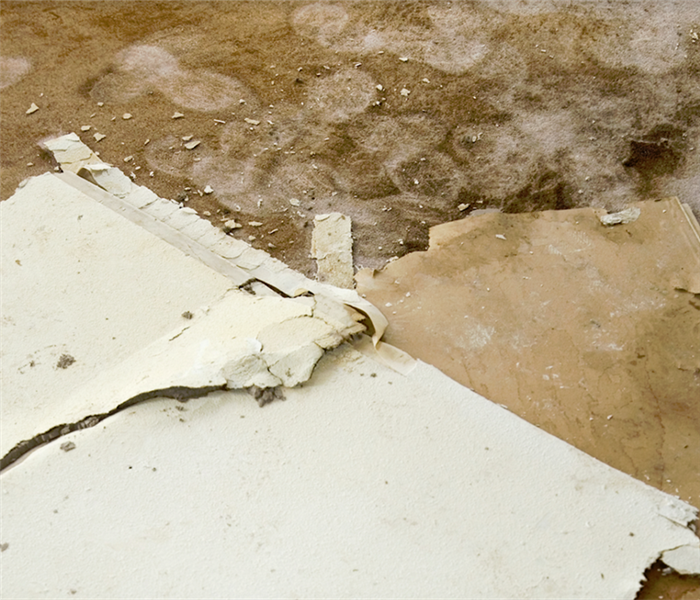Basic Principles of Cleaning Used for Business Water Intrusion
9/6/2021 (Permalink)
 When water damage happens in your store, thorough clean up is essential. Contact Team SERVPRO for effective water removal and drying services.
When water damage happens in your store, thorough clean up is essential. Contact Team SERVPRO for effective water removal and drying services.
Water Cleanup in Emeryville Businesses Requires Specific Cleaning Steps
In a commercial water intrusion, often the carpets and content are the main concern. SERVPRO has different carpet and textile cleaning methods, but fast water mitigation is needed for proper restoration.
Principles of Cleaning
Commercial water cleanup in Emeryville requires experience and training. SERVPRO technicians have both. We follow the basic principles of cleaning in each situation and apply whatever specialty techniques are needed as issues arise. The six principles of cleaning textiles include:
- Remove Dry Soil – Over 74% of the soil in textiles is dry particulates. Because they are dry, our techs can remove them easily. Vacuums and dry sponges are the most common methods used to get rid of dry soil.
- Identify the Surface – it is vital to determine whether the surface is porous or non-porous. Textiles are porous, but it then has to be determined if they are natural or synthetic. Different cleaning methods are used depending on the textile makeup, so this step is important.
- Identifying the Soils – Soils are either water-based or oil-based. Water-based soils get cleaned with a water-based cleaning product and oil-based with the appropriate cleaning agent.
- Suspend the Soils – If the dry soil removal process didn’t remove the dirt, the soil must get suspended. The cleaning agent is applied and agitated to help loosen the soil.
- Removing the Soil – This is known as the rinse step when cleaning textiles. The suspended soils get removed along with the cleaning agent.
- Dry the Surface – Textiles should be dried as quickly as possible to prevent secondary damage such as mold. Air movement, heat, and low humidity are all part of the drying process.
This process can get used on carpets, drapes, and other textiles. For professional water cleanup, call SERVPRO of West Oakland at (510) 599-9300.





 24/7 Emergency Service
24/7 Emergency Service